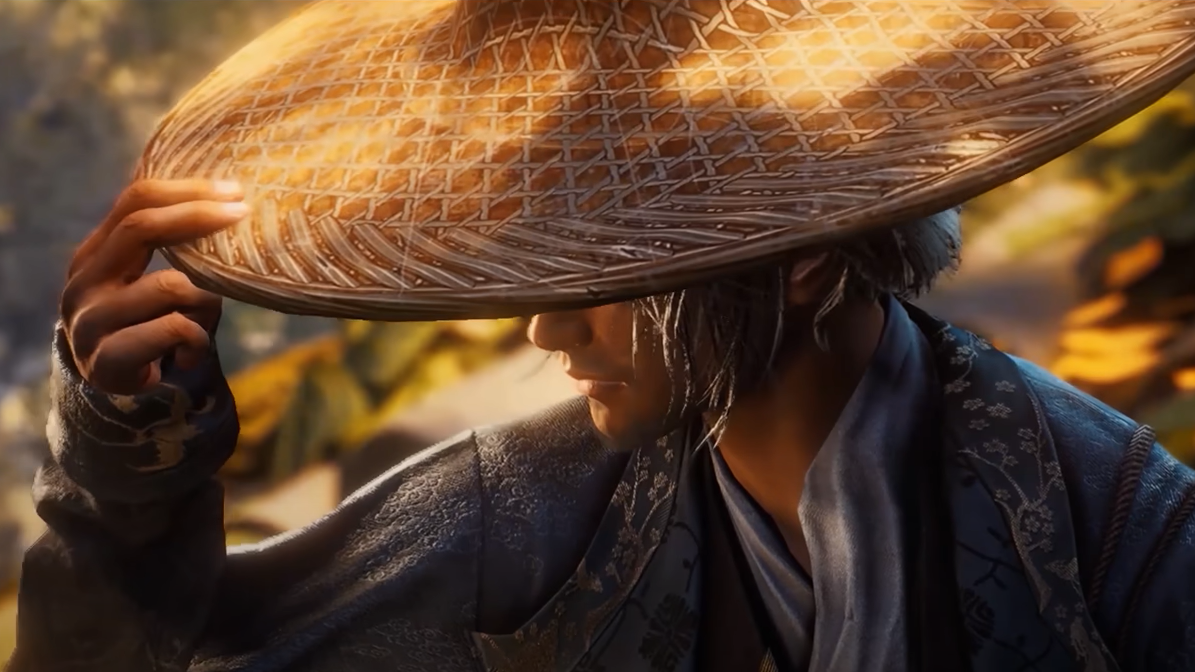Music in Where Winds Meet appears in two main ways: rhythm mini-game performances with NPC musicians and free-form playing through emotes once you own an instrument. Understanding both systems makes it much easier to clear quests, collect rewards, and play your own melodies with friends.
Unlocking your first instrument
The game does not hand you an instrument automatically; you need to earn one through a music event in the open world.
Step 1: Explore early-game areas such as the Verdant Wilds until you can freely move around the world.
Step 2: Open your map and zoom in until you see small black icons shaped like a musical instrument (often a Pipa symbol). These mark musician NPCs.
Step 3: Set a marker on one of these black instrument icons and travel to that location. Look for a musician NPC standing nearby.
Step 4: Interact with the musician and choose the option to play music or start the music event. This will begin a rhythm mini-game.
Step 5: Complete the rhythm challenge with a passing score. When you succeed, the NPC can reward you with an instrument item tied to that mini-game.
One example early in the game is a musician encountered while returning to Heaven’s Pier during the Heaven Has No Pier objective. Another example is Cen Fuzi in Qinghe, who awards an instrument once you finish his rhythm challenge.
Finding more music events and songs
Music events are scattered across regions and can unlock both instruments and new songs.
Step 1: Regularly zoom your world map to look for additional black instrument icons as you enter new regions.
Step 2: Visit each marked musician and check their available songs. Some offer simpler tracks, while others provide more difficult challenges that unlock extra tunes.
Step 3: Replay songs to improve your score and combo if a specific event requires a target score. For instance, one song near Crimson Cliff requires about 1,400 points to pass.
Step 4: In later regions, complete multiple musical events to unlock additional instruments. For example, completing three musical events in the second region can grant another instrument without using the shop.
Step 5: Track your progress through sidequests that involve music, such as Shadows in Bloom in Kaifeng, as these often include mandatory performance segments.
How the rhythm mini-game works
The core music gameplay uses a rhythm interface similar to other music games where notes slide toward hit zones.
Step 1: When the performance starts, watch the screen for circular note icons moving toward circles or markers at the bottom of the display.
Step 2: Press the corresponding button when a note reaches its target circle. Each lane or note height is mapped to a particular button or key.
Step 3: Aim to hit notes exactly when circles overlap to score Perfect hits. These give more points and help maintain your combo.
Step 4: Keep hitting notes without misses to build your combo counter. A higher combo multiplies your score and makes it easier to reach target thresholds such as 1,400 points.
Step 5: If you start missing many notes, pause and focus on regaining rhythm, even at the cost of a few misses. Recovering a steady pattern usually improves your score more than mashing randomly.
Early songs usually require single notes or simple sequences, while later songs can flood the screen with rapid notes that demand fast reactions.
Clearing difficult songs and cheese strategy
Some late-game or quest songs can be demanding, especially during challenges like the Shadows in Bloom sidequest in Kaifeng, where notes appear in dense clusters.
Step 1: Try the standard approach first: read the note lanes and hit only the correct buttons in rhythm. This builds familiarity with the patterns.
Step 2: If you struggle on a controller, use a practical method: press all music buttons together in rhythm as notes reach the hit line. The game tracks six possible note buttons; it can credit the correct note even when extra buttons are pressed, as long as the correct one is included.
Step 3: Keep steady timing with your multi-button presses. The goal is to match the beat rather than react to each individual note when the screen is crowded.
Step 4: Watch your score and combo. If this method maintains a high combo more consistently than selective pressing, continue using it for particularly dense sections.
Step 5: Repeat the song if necessary; once you have seen the pattern a few times, combining visual familiarity with the multi-button tapping technique usually makes the requirement much more manageable.
This behavior may differ as the game receives updates, so treat this as a practical workaround rather than a guaranteed permanent method.
Shadows in Bloom drum tuning puzzle
During the Shadows in Bloom quest in Kaifeng, one step requires tuning drums by hitting them in the correct order before performing.
Step 1: Approach the drum set associated with the test. You will see several drums arranged in a row.
Step 2: Stand where you can easily target each drum and start interacting with them to play individual hits.
Step 3: Hit the far-right drum first to begin the correct sequence.
Step 4: Hit the second-from-right drum next, then return to the far-right drum and hit it again.
Step 5: Move to the far-left drum and strike it, then hit the middle drum, and finally strike the last remaining drum on the left side that has not yet been hit in the sequence.
Step 6: After entering this full pattern, confirm or tune if prompted, then speak to the NPC again to progress the quest once the tuning step is marked complete.
The NPC singer in this quest can also demonstrate the intended melody, which matches the order you enter on the drums.
Using instruments as emotes (solo, duet, and free play)
Once you have obtained an instrument through a rhythm event, it becomes available as an emote that you can trigger at will.
Step 1: Press F2 to open the emote wheel or emote list during normal gameplay.
Step 2: Look through the emote list for the instrument emote, such as a Guzhin/Guzheng-style instrument or other unlocked instruments. Select it to equip or trigger it.
Step 3: Choose between playing available songs from your library or entering a free play mode, depending on what the emote offers for that instrument.
Step 4: For group performances, pick songs that allow group or duet play. Other nearby players can trigger compatible emotes or join the duet prompt.
Step 5: For free play, use your keyboard or controller buttons mapped to note pitches to play your own melodies. The game uses letters or buttons as note inputs, with sharps and flats indicated visually.
If the emote shows that you do not own a specific instrument even though you have songs for it, that means the physical instrument item has not been unlocked from a musician NPC yet. You will need to complete the relevant rhythm mini-game first.
Obtaining different instruments (Pipa, Guqin, harp and more)
Several instruments exist in the game, with at least five mentioned by players, including the Pipa, Guqin, a harp, and likely more, such as the Erhu.
Step 1: Unlock your first instrument by clearing an early rhythm mini-game, often associated with a Guqin-style instrument in Verdant Wilds or Qinghe.
Step 2: Reach higher character levels, such as level 10, to qualify for additional instrument rewards like the harp, which some players receive around this milestone.
Step 3: Complete three music events in the second region to unlock another instrument (such as the Pipa) without spending real currency.
Step 4: If you prefer a faster route, open the in-game shop and check the accessories section. Some instruments can be purchased there for a small real-money price (for example, around $1).
Step 5: Continue exploring later regions and sidequests, as more instrument-specific challenges may appear over time, each tied to its own instrument and songs.
This approach lets you slowly build a collection of instruments you can swap between during emote performances.

Playing real songs and using MIDI devices
Instruments can be used to recreate melodies from outside the game, especially using free play and external devices.
Step 1: Enter free play mode using your chosen instrument emote so that you can trigger individual notes instead of pre-scripted tracks.
Step 2: Use the keyboard keys shown on screen as your note layout. Treat them like a small piano keyboard and match pitches by ear to the melody you want to play.
Step 3: Practice simple tunes first and focus on getting the rhythm consistent before attempting faster or more complex tracks.
Step 4: For more advanced setups, connect a supported MIDI keyboard to your PC if your configuration allows it. Some players route MIDI inputs to the game so that each key press triggers in-game notes.
Step 5: Use a MIDI player or software tool that sends note events to the game’s input mapping if you want automatic playback of full songs. This typically requires extra configuration outside the game, so check that your key bindings align with the utility you use.
Playing by ear works well for short pieces, while a MIDI-based setup allows more complex songs to be performed with less manual effort once configured correctly.
Music in Where Winds Meet becomes much more enjoyable once you unlock a few instruments, understand the rhythm system, and start using emotes for performances and free play, so it is worth spending time with early musicians to build out your musical toolkit.


